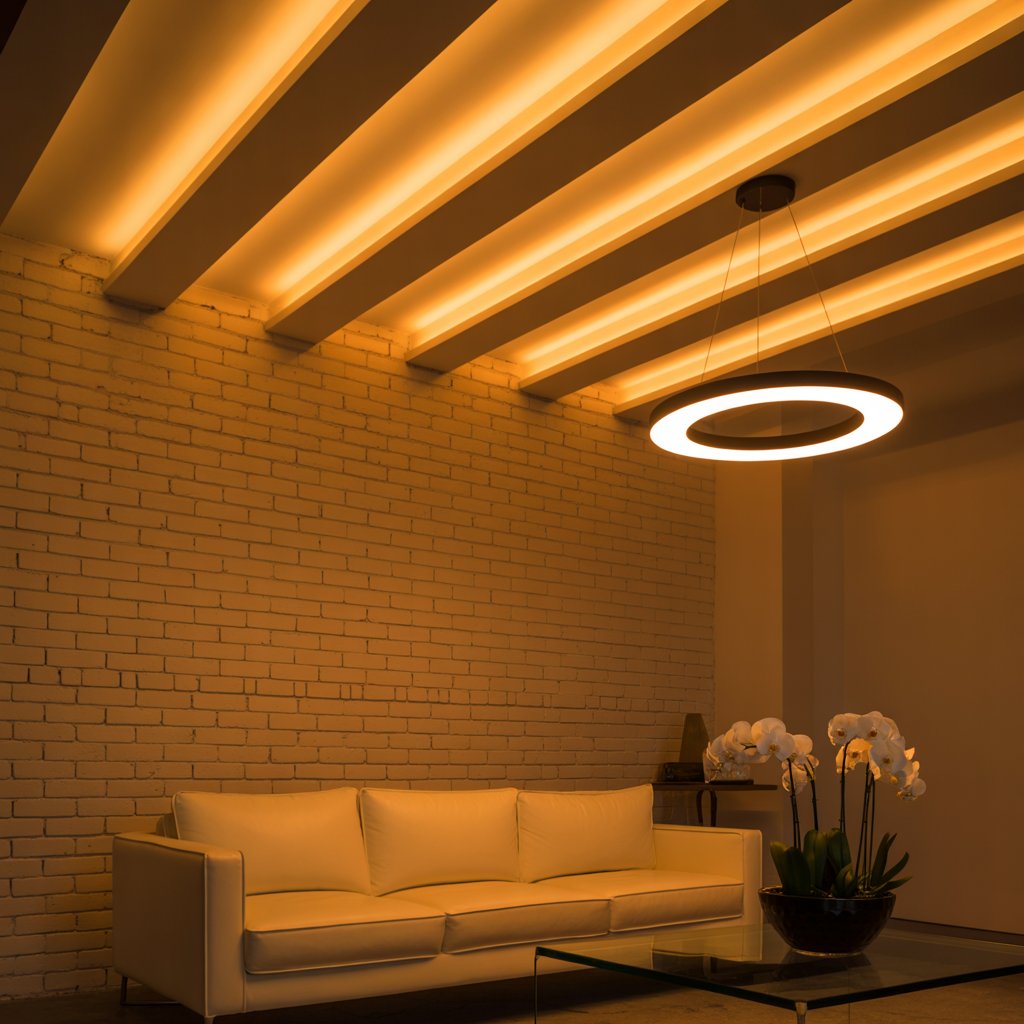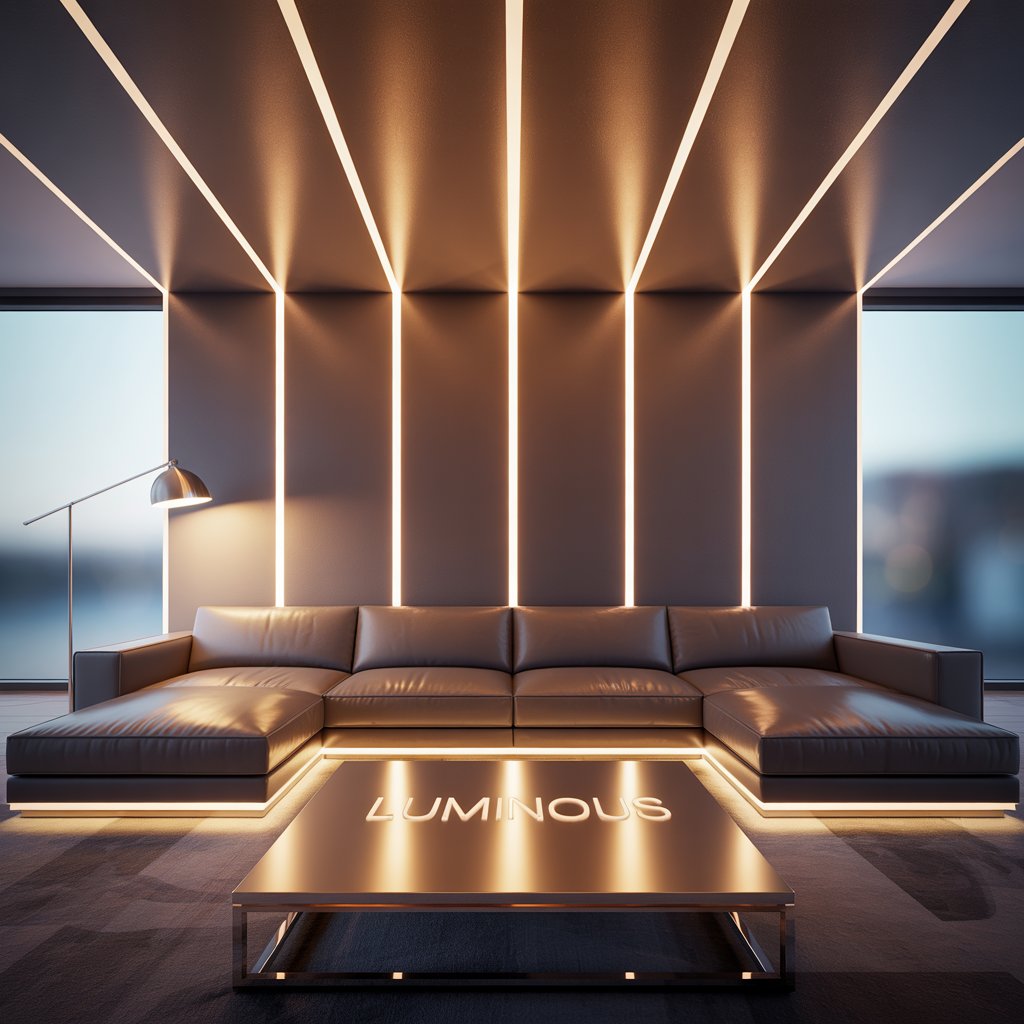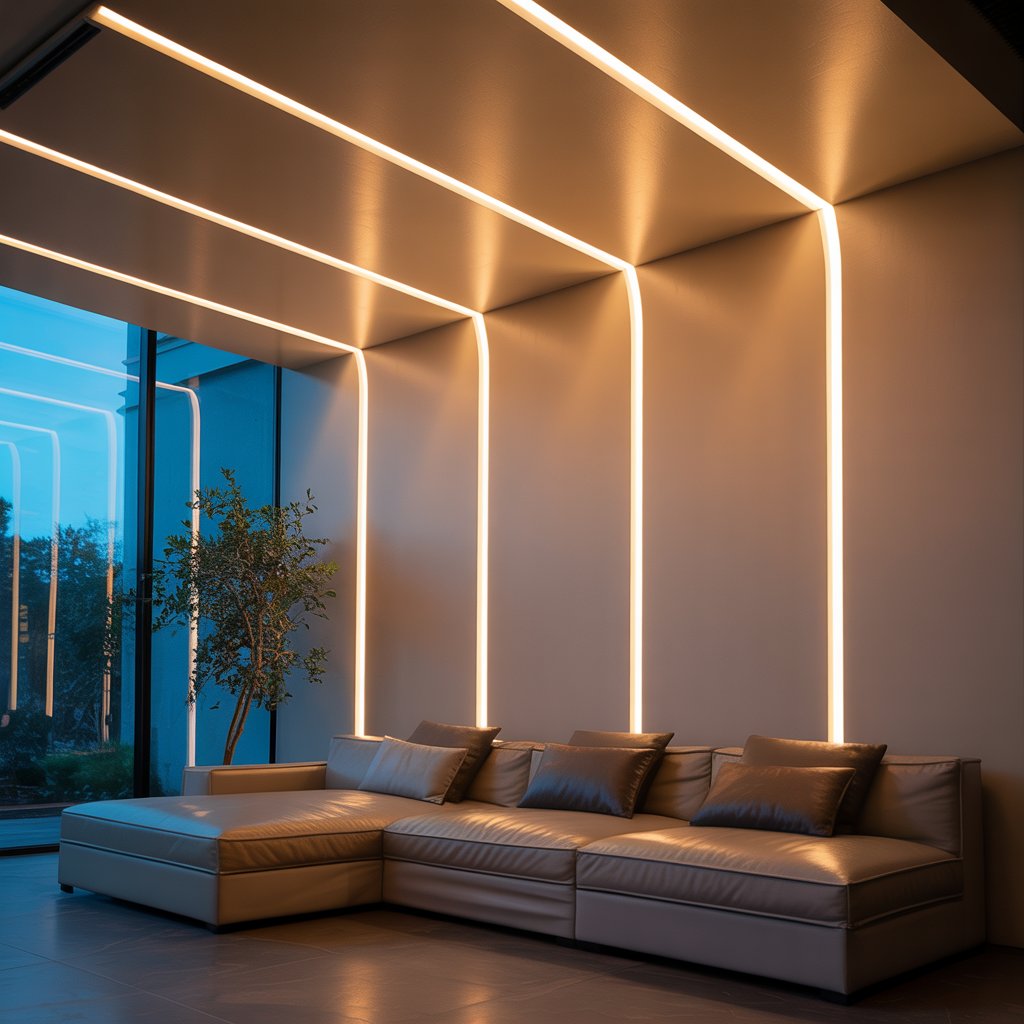How Long Do LED Lights Last? A Complete Guide & Exact Answer
LEDs, or Light Emitting Diodes, are semiconductor devices that emit light when an electric current passes through them. Unlike incandescent bulbs that generate light through heat, LEDs produce light directly, making them significantly more energy-efficient. So, how long do LED lights last? LED lights typically last between 25,000 to 50,000 hours. That equals about 10…
LEDs, or Light Emitting Diodes, are semiconductor devices that emit light when an electric current passes through them. Unlike incandescent bulbs that generate light through heat, LEDs produce light directly, making them significantly more energy-efficient.
So, how long do LED lights last? LED lights typically last between 25,000 to 50,000 hours. That equals about 10 to 20 years of use, depending on how often they’re turned on. Their lifespan can vary based on quality, usage, and heat management. High-quality LEDs tend to last longer and maintain brightness over time.
The process involves electrons moving from a higher energy level to a lower energy level within the semiconductor material. This energy difference is released as photons, which are particles of light. Different materials and designs allow for the creation of LEDs emitting various colors.

How Long Do LED Lights Last?
Rated Lifespan vs. Actual Lifespan
| Aspect | Rated Lifespan | Actual Lifespan |
|---|---|---|
| Definition | Manufacturer-stated lifespan under ideal conditions | Real-world duration based on everyday usage |
| Hours | 25,000 to 50,000 hours | 15,000 to 40,000 hours |
| Years (avg. use) | 10 to 20 years (3 hrs/day) | 5 to 15 years (varies by usage pattern) |
| Brightness Decline | Minimal expected over time | Gradual dimming may occur before full failure |
| Conditions Assumed | Lab-tested, stable temperature, low stress | Real-world heat, voltage fluctuations, frequent use |
| Failure Rate | <10% by end of rated hours | May be higher due to wear and environment |
| Maintenance | Rarely needed within rated period | May require replacement sooner in harsh conditions |
Manufacturers often provide a rated lifespan for LEDs, usually expressed in hours. This is typically based on laboratory testing under controlled conditions. However, real-world conditions can significantly influence the actual lifespan.
Read More: Do LED Lights Get Hot? The Scientific Answer For You
Operating Temperature
High temperatures can drastically shorten the lifespan of LEDs. Proper ventilation and heat sinks are crucial for maintaining optimal operating temperatures, especially in enclosed fixtures or high-wattage applications. Heat buildup accelerates degradation of the LED chips, reducing brightness and lifespan.
Operating Voltage and Current
Applying a voltage or current outside the manufacturer’s specifications can damage the LEDs. Using appropriate drivers (power supplies) is vital to ensuring consistent and safe operation. Over-voltage can cause immediate failure, while under-voltage may lead to gradual degradation.
Environmental Factors
Exposure to moisture, dust, and extreme temperatures can negatively impact the lifespan of LEDs. Selecting LEDs with appropriate ingress protection (IP) ratings is crucial for outdoor or damp environments. Dust accumulation can also affect heat dissipation, leading to premature failure.
Quality of the LED and Driver
The quality of the LED chip and the driver significantly affects its longevity. Higher-quality components generally offer longer lifespans and better performance. Cheap or poorly designed drivers can lead to premature LED failure.
Read More: Can You Cut LED Strip Lights?: A Comprehensive Guide
Maximizing the Lifespan of Your LEDs

Proper Installation
Correct installation is crucial for optimal performance and lifespan. Ensure the LEDs are installed according to the manufacturer’s instructions. Pay attention to ventilation and heat dissipation. Poor installation can lead to overheating and premature failure.
Regular Maintenance
Regular cleaning of LED fixtures can prevent dust accumulation and improve heat dissipation. This simple maintenance task can significantly extend the lifespan of your LEDs. Cleaning should be done carefully to avoid damaging the LEDs or the fixture.
Choosing the Right LED
Different LEDs are designed for different applications. Choosing the right LED for your specific needs ensures optimal performance and lifespan. Factors to consider include lumen output, color temperature, and beam angle. Consulting with a lighting specialist can help you make the right choice.
Using Dimmers
Not all LEDs are compatible with dimmers. Using an incompatible dimmer can damage the LEDs or cause flickering. Always ensure that the LEDs and the dimmer are compatible before installation. Check the manufacturer’s specifications for compatibility information.
Understanding Lumen Maintenance
LEDs gradually lose brightness over time, a phenomenon known as lumen depreciation. While LEDs don’t typically fail suddenly, their light output decreases over their lifespan. Understanding lumen maintenance curves helps in managing expectations and planning for replacements.
Read More: How Many Can Lights for a 12×12 Room? Right Numbers For You
LED Lifespan Compared to Other Lighting Technologies

Incandescent Bulbs
Incandescent bulbs have a significantly shorter lifespan than LEDs, typically lasting only a few thousand hours. They also consume far more energy, making them far less efficient.
Fluorescent Bulbs
Fluorescent bulbs offer a longer lifespan than incandescent bulbs, but they still fall short of LEDs. They also contain mercury, posing environmental concerns.
Halogen Bulbs
Halogen bulbs have a longer lifespan than incandescent bulbs, but still shorter than LEDs. They also generate significant heat, reducing energy efficiency.
Common Myths About LED Lifespan
Myth 1: All LEDs are Created Equal
The quality of LEDs varies greatly. Cheap LEDs often have shorter lifespans and lower light output than higher-quality LEDs.
Myth 2: LEDs Never Burn Out
While LEDs have a much longer lifespan than other lighting technologies, they do eventually degrade and lose brightness. They don’t typically fail suddenly like incandescent bulbs.
Myth 3: Dimming LEDs Shortens Their Lifespan
Dimming LEDs correctly does not significantly shorten their lifespan. However, using incompatible dimmers can damage the LEDs.
Frequently Asked Questions
What is the average lifespan of an LED light?
The average lifespan of an LED light bulb is typically 25,000 to 50,000 hours, but it can vary greatly depending on the quality of the bulb, its operating conditions, and other factors. Some high-quality LEDs can last even longer.
How can I tell if my LED light is failing?
A failing LED light may exhibit several symptoms, including dimming, flickering, or a change in color temperature. You might also notice that the light starts to emit less light than it did previously.
Can I replace just the LED chip in a fixture?
In most cases, replacing only the LED chip is not practical. It often requires specialized tools and knowledge, and it may not be cost-effective compared to replacing the entire fixture or bulb.
How often should I replace my LED lights?
While LEDs have a long lifespan, it’s wise to consider replacing them every few years or when you notice significant light output reduction, even if they haven’t completely failed. Regular replacement ensures optimal illumination.
What is the warranty on LED lights?
Warranty periods for LED lights vary depending on the manufacturer and the specific model. Check the packaging or the manufacturer’s website for details.
Are there any environmental benefits to using LEDs?
Yes, LEDs are far more energy-efficient than incandescent bulbs, which reduces your carbon footprint. They also last much longer, reducing the amount of waste generated from frequent replacements.
Final Thoughts
Understanding the factors that influence the lifespan of LED lights is crucial for making informed purchasing decisions and maximizing their longevity. By choosing high-quality LEDs, ensuring proper installation, and practicing simple maintenance, you can significantly extend the life of your lighting and save money in the long run. Remember, while LEDs offer significantly longer lifespans than traditional lighting, they aren’t impervious to wear and tear. Regular inspections and proactive replacements, when necessary, contribute to optimal energy efficiency and illumination in your home or business.
Investing in high-quality LEDs with a good warranty is a worthwhile investment that promises significant long-term savings and energy efficiency. Remember to always follow the manufacturer’s instructions for optimal performance and lifespan. Make smart choices, and enjoy the long-lasting benefits of LED technology!

